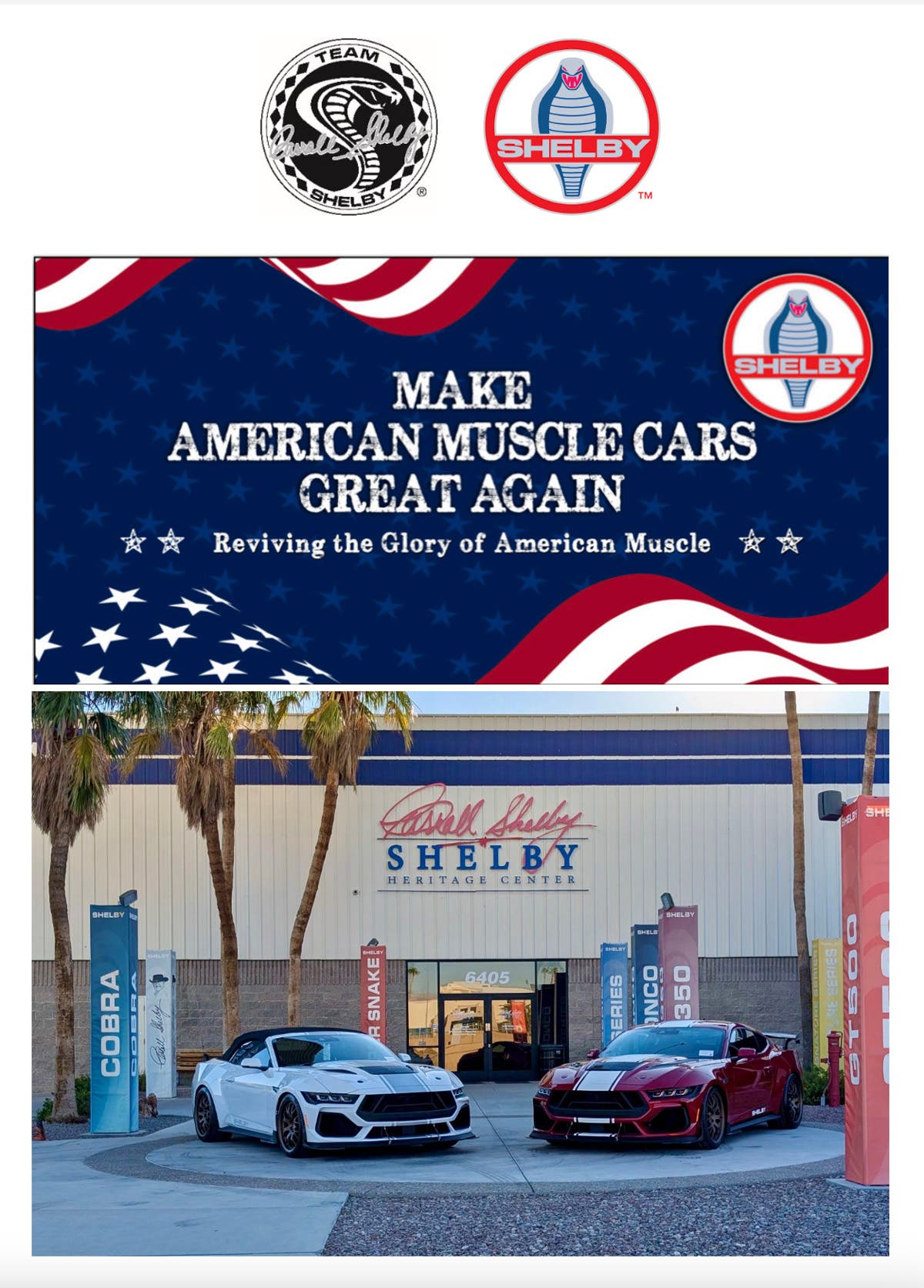Ten areas of trouble to look for when buying a classic car
What to look for and where to look when vetting a vehicle Interest rates are falling, gas prices are low and unemployment is at record lows. Therefore, the collector-car market…
What to look for and where to look when vetting a vehicle
Interest rates are falling, gas prices are low and unemployment is at record lows. Therefore, the collector-car market changed. Lower borrowing costs increase purchases. Lower gas prices increase sales of V-16s. Higher employment means more buyers.
As a buyer, a car in like-new condition is what you’re looking for, whether the car or truck is “well kept” or restored. You must learn to look past the shiny paint and 10-foot-deep wax and focus on 10 areas that reveal the true condition of the vehicle.
1: Mechanicals
Most cars will start, but they may not be running 10 minutes later. We once bought a car from a man close to home. It didn’t make it halfway there without overheating. It had a bad head gasket.
If the car smokes when started, don’t accept “All 350s have leaky valve guides.” I have seen smoky Chevy engines run fine for months, but wind up having a cracked piston ring. Does the car have an aftermarket electronic ignition? It’s true these improve performance, but they can also be used to cloak oil burning and over-rich carburetion.
If you notice such things, check further before buying the car. Check all gauges to make sure that the operating temperature, charging rate and oil pressure are within normal guidelines. Check oil pressure when the car is completely warm, not cold.
Road testing is a must. It will tell you if the transmission shifts smoothly, if the ride and handling characteristics are up to snuff, if the rear axle is quiet, if the tires track properly, if the brakes function properly, if the convertible top rattles and so on. When you bring the car back, lift the hood and look for smoke that indicates leaky fluids burning off. Let the car sit for a while and check underneath for drips or leaks. Make sure that all of the tires are the same size and brand and don’t have any obvious wear patterns.
2: Panel Fit
Carefully view all of the “gaps” around door, hood and trunk panels. The panel spacing should be uniform. Unmolested and well-restored cars will have nice even openings on top, bottom and both sides. Cars that have been poorly repaired will often have poor fit.
3: Look Underneath
Raise the car on a lift and look at the underside of the body panels, or use a telescoping, long-handle mirror. Obvious rust often means that even more is hidden from view. Look for oil thrown up on the floorboards above the rear axle “pumpkin.” Are any fluids running down one of the tires at the bottom? If so, that brake wheel cylinder is leaking. Before the vehicle is moved, look beneath the vehicle — both on the ground and on the chassis — for fresh leaks from the engine, transmission, etc.
4: Let There be Light
Different light sources reveal variations in paint quality. We recently had a fellow car club member check a car. He went on a sunny day and noticed that the paint on the trunk lid didn’t match the finish on the fenders. “I wouldn’t have seen the difference on a cloudy day,” he said. If possible, examine the car under different light sources. Ideally, inspection would be under different natural light conditions (sun and also cloud cover) and, if possible, also under artificial light. A high-intensity mini flashlight with spare batteries is a great tool to take along.
5: Bright Idea
Most cars you’ll consider for purchase will have nice shiny chrome, but will it stay that way? Chrome is applied in a series of coatings and there can be faults below the surface. These usually show up on the edges of a piece or on the backside, but there may also be waves or blisters away from the edge. Check the entire piece carefully and use an inspection mirror to view as much as possible of the un-plated side. There may be significant rust on the back of a bumper. If rust is visible here, be aware that it will eventually spread and may reach the plated surface.
6: Interior Motives
Make sure a nice upholstery kit wasn’t fitted to a bad seat. Carefully check the form and shape to see if the springs and padding are correct. Are the seat springs rusty? An inspection mirror will let you view them. Does the seat slide back and forth? Is it comfortable, or are the springs wore out? If you’re after a factory-correct car, make sure the seat type and upholstery match photos of original cars in books or sales literature. An original sales catalog will often state the available colors, materials and options.
Carpets should fit like a glove and the openings around seat frames, seat belt anchors and door pillars should have clean cuts, often with piping around the opening. Look carefully for moth or age damage. Carpets with such damage may look passable, but will eventually fall apart when they are brushed or vacuumed. Rubber weather stripping keeps out moisture, helps quiet the interior and seals door seams to prevent looseness and rattling. High-quality reproduction weather stripping is available for most cars and good restorers won’t skip replacing bad weather stripping, even if it’s costly. Always check the weather stripping on the doors, trunk, removable hardtop or T-tops.
7: Rust Buster
Metal parts can be corroded. Check the frame cross members carefully, especially the rear cross member on older models. Frame side rails directly under the doors are prone to “tin worm” damage as well.
8: No Shocks, Sherlock
When buying an old car, play Sherlock Holmes. Get out your over-sized magnifying glass and look for anything that isn’t the way it should. Does the windshield have any cracks or chips? Such damage can sometimes be hard to see. Do the rearview mirrors adjust properly? Why is the radiator loose end sitting further back on one side? Does the radio tune properly? Why doesn’t the glove box door latch properly? How come the gas gauge doesn’t move? Anything that doesn’t look “just right” probably isn’t. If your car has 15,000 parts, there are 15,000 potential questions to ask a seller.
9: Ask Questions
What is the history of the car? Does the owner have old documents and photographs that can be included in the sale? What other components should be part of the deal? The answer to this question is between you and the seller, of course, but remember that there are some items you’re probably going to want, even if they don’t come with the car. Examples include the boot for the convertible top, the storage bag for the T-tops, the owner’s manual, factory or aftermarket repair manuals, a factory parts book, an extra set of keys and so on. These items are going to cost extra to buy later. The seller may have some of these items in and simply didn’t think to offer them with the vehicle. Ask and ye shall receive. Don’t ask and they’ll go in the waste basket.
10: Pricing and Negotiations
There are used-car and old-car price guides. Auction pricing is often available online. Check all of those sources closely and you will probably find that many vehicles offered for sale are priced higher than reality, because sellers are trying to sell you something based on a better vehicle having higher value.
Dealers often use disclaimers that say “other factors must be considered when gauging the value of a car.” One dealer lost business when a buyer got values from two sources linked to his own website. His “rock bottom” price was much higher than that shown in one of the recommended guides. He used the “other factors” defense and the potential buyer asked him what factors he was talking about. Was it the neat patch in the convertible top or the fact that the front and rear tires were of different brands? He wanted a premium price for a car that needed $1000 worth of work.
Study other vehicles of the same make, model and model year to learn about their quirks and areas with potential issues. Similar vehicles for sale can be found in classified ads. Also look for articles and books on vehicles that you may be interested in. Education is the key to making the right purchase of the right vehicle.
The wind-up
The next time you buy a collector car, keep one rule in mind: You want to take it for a ride, but you don’t want to be taken for a ride. Be fussy, question every flaw you spot and stick to your guns on price. If you’re planning to buy at an auction, there’ll be pressure to make on-the-spot decisions, so order the catalog in advance and select some of the vehicles you might be interested in. Then, you can determine some of the components you’ll want to inspect, study that vehicle and similar vehicles and check out values in advance.







